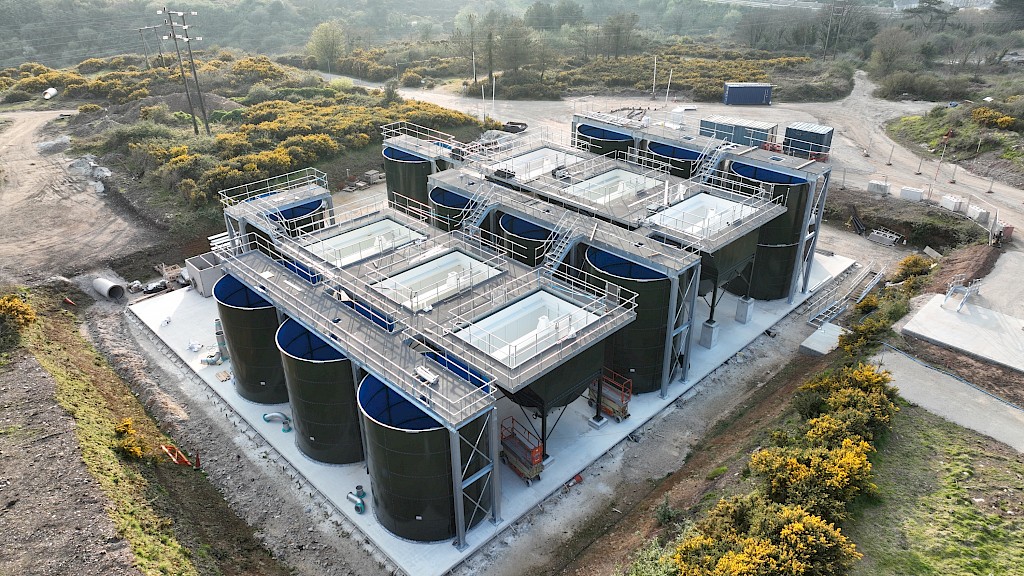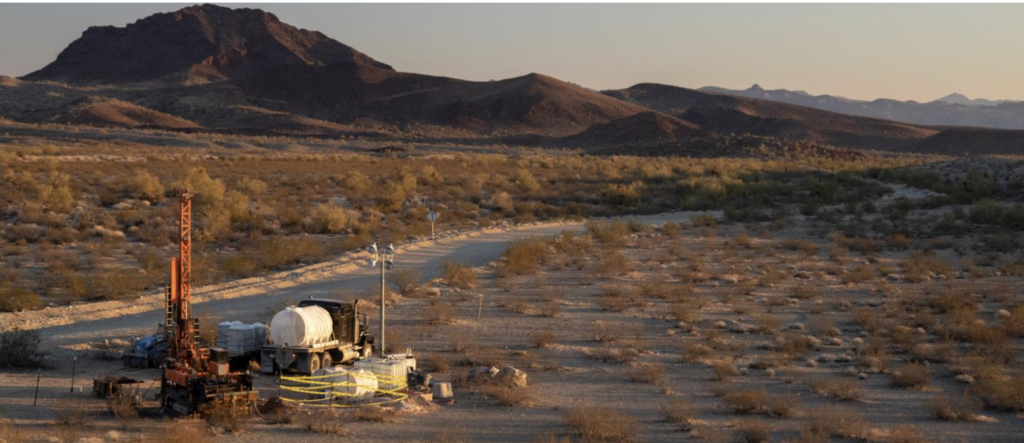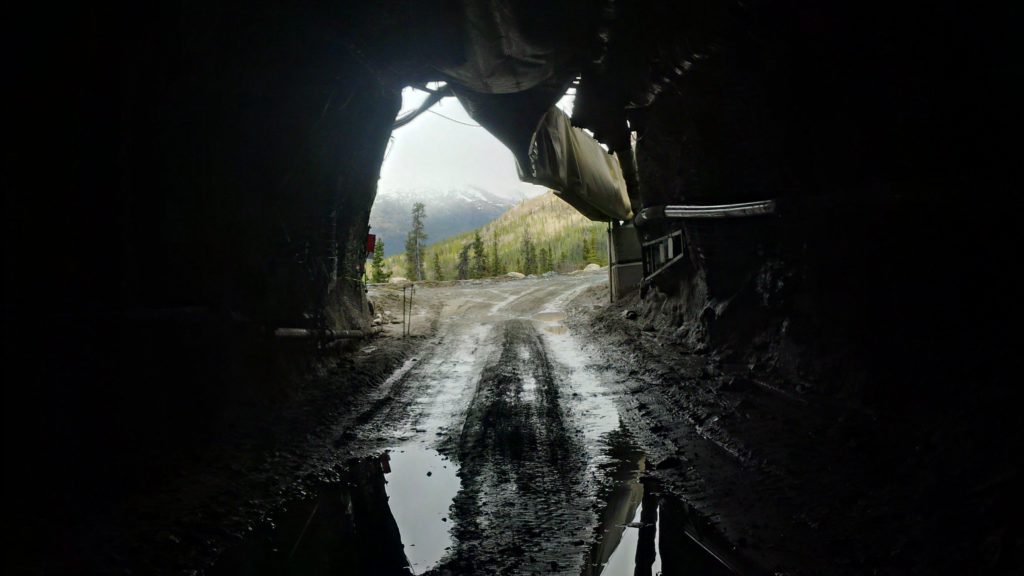Cornish Metals on track to deliver South Crofty PEA this quarter


Cornish plans to reopen the historic mine by building new processing facilities and all the necessary site infrastructure. It has already obtained permission for underground mining until 2071 and an environmental permit to dewater the mine.
Earlier this year, the company announced it is speeding up the mine restart process by speeding up efforts to refurbish the New Cook’s Kitchen (NCK) shaft at South Crofty, which it said is progressing as planned. By doing so, the Cornish team would be able to bring larger equipment to the mine at an earlier stage of its re-development. In addition to NCK, there are four other shafts still intact for future operations.
In October 2023, Cornish management also decided to start the mine dewatering process, also a critical aspect of the mine’s restart given how long it had been in operations. This process is expected to take 18 months to complete, the company previously said. Currently, the submersible pumps and water treatment plant are operating to specifications.
Cornish interim CEO Ken Armstrong said in Tuesday’s news release that work is well advanced on the South Crofty PEA, which will be used to support a later feasibility study and a construction decision.
Armstrong also mentioned the convenient timing of the PEA work during a period of strengthening tin price and an emerging recognition of tin as a critical metal by the UK and other national governments.
“Combined with the fact that there is presently no primary tin production in Europe or North America, these factors strongly support our thesis to fast-track work to, if feasible, responsibly bring the South Crofty tin mine back into production,” he said.
In addition to reviving the underground mine, Cornish is also exploring the additional mineral rights on the South Crofty property for potential discoveries of tin, copper, lithium, tungsten, zinc and silver mineralization.
According to company estimates, South Crofty has the fourth-highest-grade tin mineral resource globally, containing 46,200 tonnes of the base metal in the indicated category and 41,600 tonnes inferred, mostly in the lower mine area, as shown in its most recent technical report (September 2023).
This post has been syndicated from a third-party source. View the original article here.




